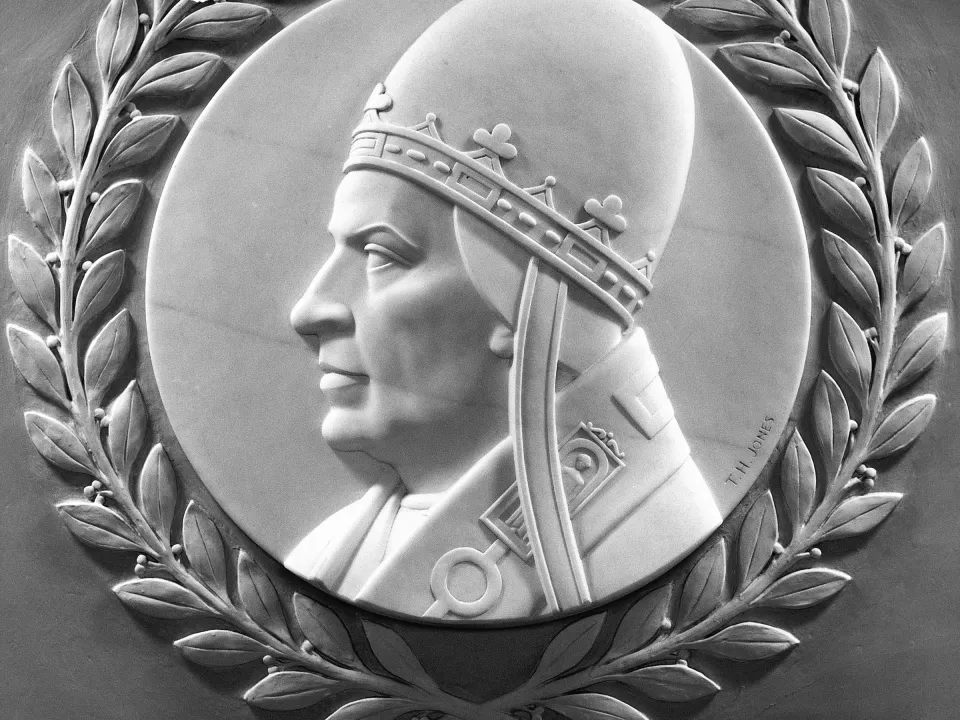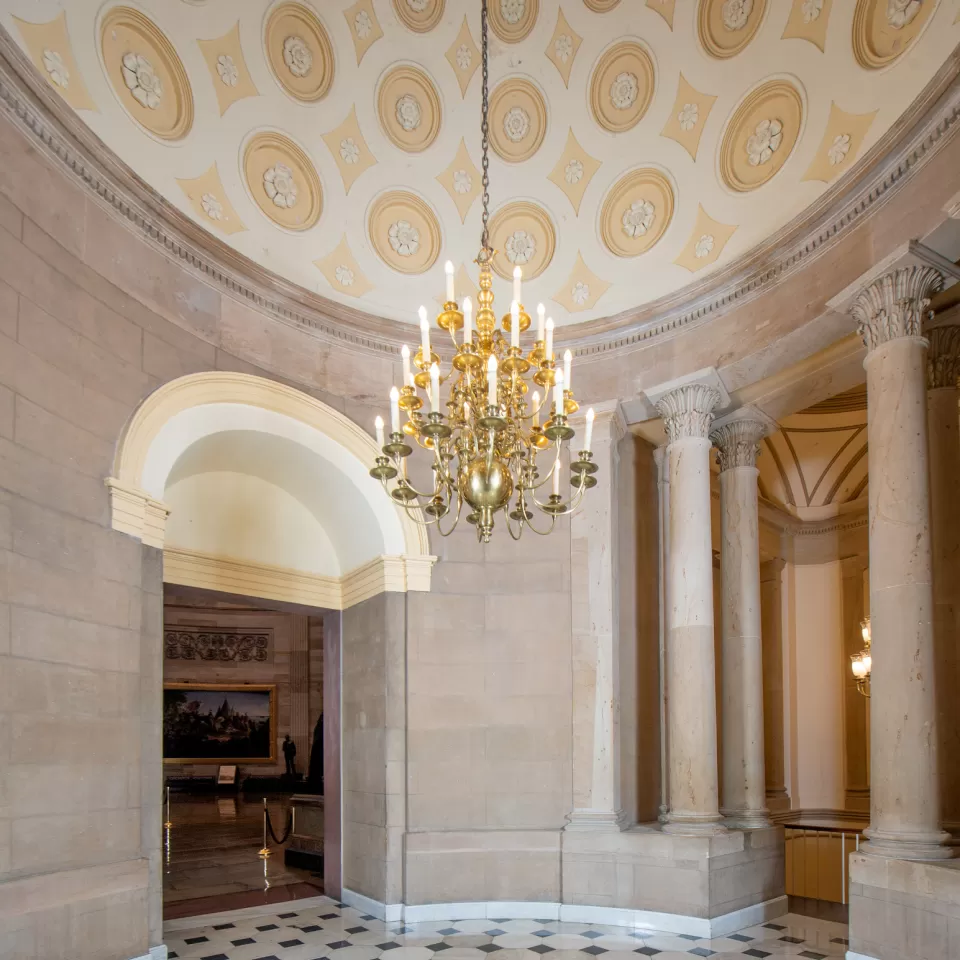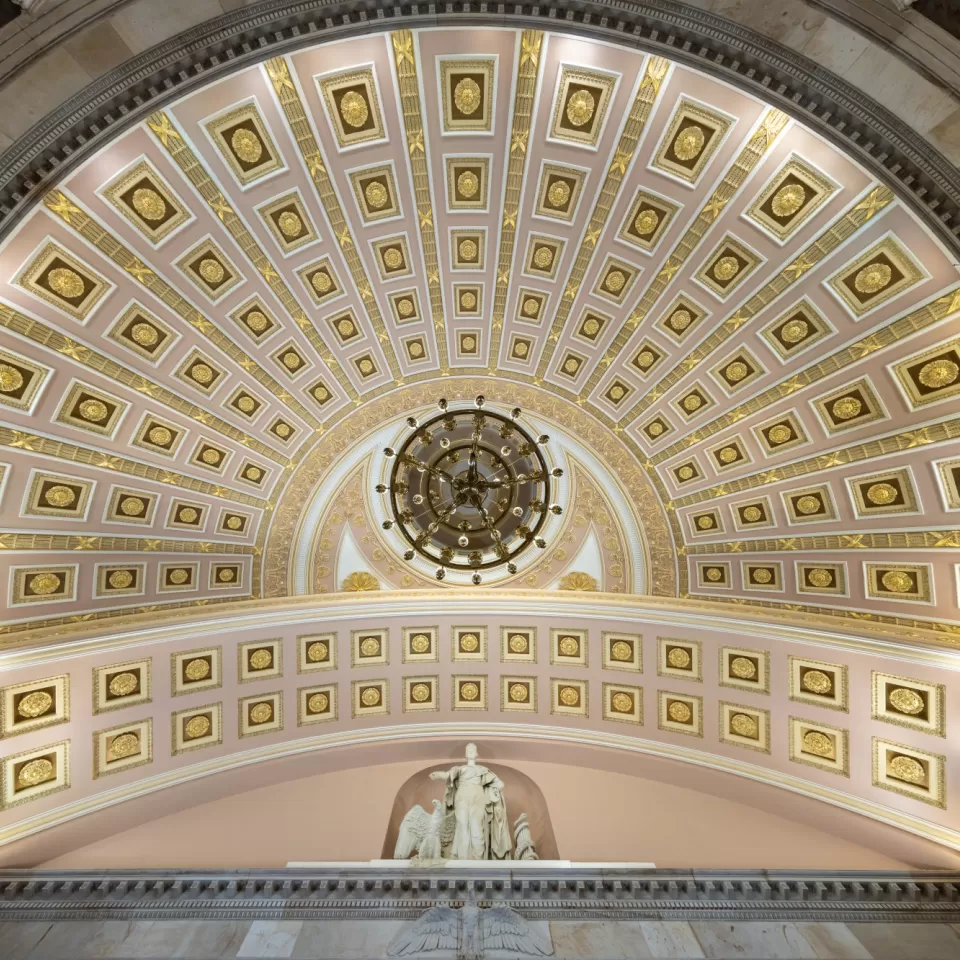
Highlight
Gregory IX, Relief Portrait
Gregory IX (c. 1147-1241) Medieval pope. Author of a compilation of decretals (i.e., authoritative decisions) on canon law; during a critical period he was instrumental in maintaining the remnants of Roman law.
House Wing



